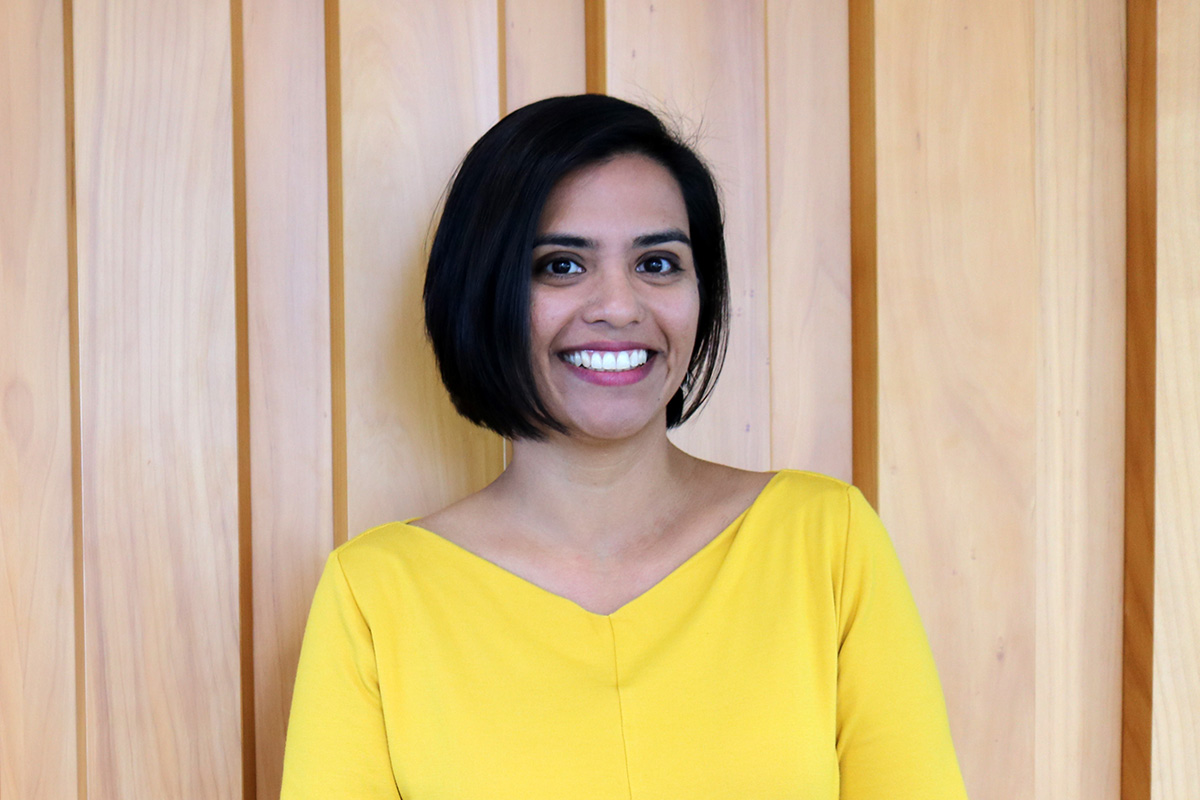Grace is responsible for setting the strategy to grow McConnell Dowell. She is also Chair of the Auckland branch of the Women’s Infrastructure Network.
McConnell Dowell’s core capabilities cover three waters, transportation, marine, industrial, power and resources. The company delivers their expertise to these sectors within New Zealand and the Pacific, and across Australia, SE Asia and the Middle East through their wider group.
It’s this scope that has seen Grace humbled to work in an industry that builds massive feats of infrastructure. At one stage, she even had the unique opportunity to take clients through the Waterview tunnel as it was being built to see the tunnel boring machine in action – a stand out experience for her!
Join us as Grace shares more about her involvement in the construction industry.
Where did your career all begin for you Grace?
I’m fortunate enough to have had mentors that saw potential in me. Working with the previous Business Development Manager and General Manager for New Business to be where I am today.
My ability to be quick on my feet, perceptive of social cues and connect people, projects and ideas have helped me along the way. In addition, being curious about your world and people really goes a long way to being successful in this career.
I love the variety of my role. Especially being part of exciting developments happening around the country. If that infrastructure is iconic and involves complex engineering, that makes it all the more memorable as well.
It’s also gratifying to know that our projects have real tangible benefits to people’s wellbeing. An example of this being in Kiribati. Here we rehabilitated 28km of the main road from Betio to the airport at Bonriki and another 14km of feeder roads. It had a huge impact on the local community – reducing noise, dust, travel times and increasing passing bays to improve safety.
Do you have a stand out project you’ve worked on?
In 2015, I organised a corporate function for our Christchurch office. It involved clients, partners, local community, councilors, the Mayor’s office and others in an arts competition for school children across the region. It also featured an inflatable arts installation that we all experienced.
Let’s just say I was glad there weren’t any animals involved! It really stretched me, but my collaborative approach to projects meant I had a good support network to ensure it was successful in the end.
How do you find working with engineers all day?
I work in an office surrounded by engineers who are predominantly male, which doesn’t faze me.
My main challenge is that I need to constantly encourage my colleagues to collaborate with me to achieve my outcomes. This is often because they don’t report directly to me.
While this is my experience, it’s important to remember that the gender imbalance is real. I am usually one of only a handful of women at industry briefings that I attend.
So how do we create a more balanced workforce?
Our HR team is focused on diversity overall and it is demonstrated throughout the business with our marketing material being incredibly balanced with celebrating diversity.
We need to ensure we constantly create opportunities for all employees to ensure we do get a balanced workforce including flexible working arrangements. In turn the business gets great loyalty from their employees.
A focus and constant measurement on diversity is incredibly important and should be led from the top of every business to ensure it is made a priority. Mentoring and role modeling of women in the workplace is also another way to create a more balanced workforce.
Do you have anything to say to other females who might be interested in a role like yours?
I agree with Stevie Wonder when he said, ‘If you don’t ask, you don’t get.’
Let people know what you want or aspire to achieve. People tend to remember this and will help facilitate you achieving your aspirations.
As for my specific role – I didn’t intentionally set out to be a Business Development Manager. However, like a lot of positions, more likely than not it comes about when there’s a recognition that you’re a good fit for a specific role.
In addition, remember that decisions are made by those that show up. So, if you find yourself invited to participate you must remember to not just show up but also make a material contribution.
Want to know more about the Women’s Infrastructure Network?
The Women’s Infrastructure Network (WIN), was launched by Infrastructure NZ in 2016. The purpose being to increase the number of women in leadership roles, grow the visibility of women, and to provide a networking and support group for women in the infrastructure sector.
In partnership with Infrastructure NZ, WIN hosts events, advocates for greater representation of women in the sector, and provides opportunities and tools, such as their LinkedIn group for women to connect with each other.
Over the last year, WIN has set up five chapters in Northland, Auckland, Waikato, Wellington and Christchurch, with a sixth in the pipeline for Otago. Today, they have a nationwide membership of 800 women.
